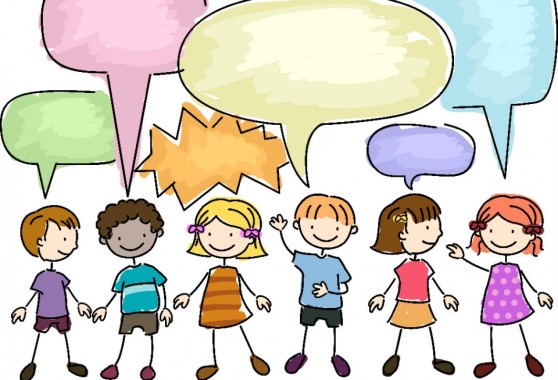I knew my daughter had turned into a full-blown toddler when she became a Walkie Talkie. She careened around the room on two short little legs, jabbering away in a mix of babbling, single words like “Ko” (for our dog “Kodi”) and more than enough intonation to get her point across. Kids learn from their parents and their siblings: If you hold your cellphone up to your ear, chances are your child will find a rectangular shaped toy, hold it up, and begin babbling away. When you say words or phrases, they attempt to repeat. However, sometimes children need more than just modeling. They need a more direct approach to language expansion.
For the child who has passed the developmental milestones of engagement and is entering the world of language, parents become crucial teachers, especially for children who show little interest in using vocalizations, babbling, or stringing words together. I was always taught to give children at least 5 seconds of wait time to respond to me. 5 seconds is a looong time. However with a simple prompt: “Ready, set…” you may be surprised after 4.99 seconds when your child responds with a squeal “eeh!” to signal “go!” That squeal can be shaped into many things, even “go”, over time.
Try this one out: Head to your local playground and get on the swings. Warm your child up with the back and forth, back and forth, of swinging. Do a few practice runs where you pull them up high, hold them suspended in the air, and say: “Ready, set…. Go!” and release them to a rush of wind. Next, try holding them poised for the next takeoff, and prompt: “Ready, set…” Watch for any little cue that they want the action to continue. A pump of their legs, a squeal of nervous anticipation, or a “gah!”, and you release them, modeling the “Go!” they were aiming for with excitement and enthusiasm. Repeat this activity as many times as you can before your arms fall off!
Don’t forget that wait time… children process at different speeds and sometimes we as parents are quick to fill in the gaps for them. But silence serves its purpose for those cognitive wheels to turn, especially as we remain poised with anticipation, a smile on our faces, our eyebrows raised… all waiting for that little sign that our toddler has something to add to the conversation.
